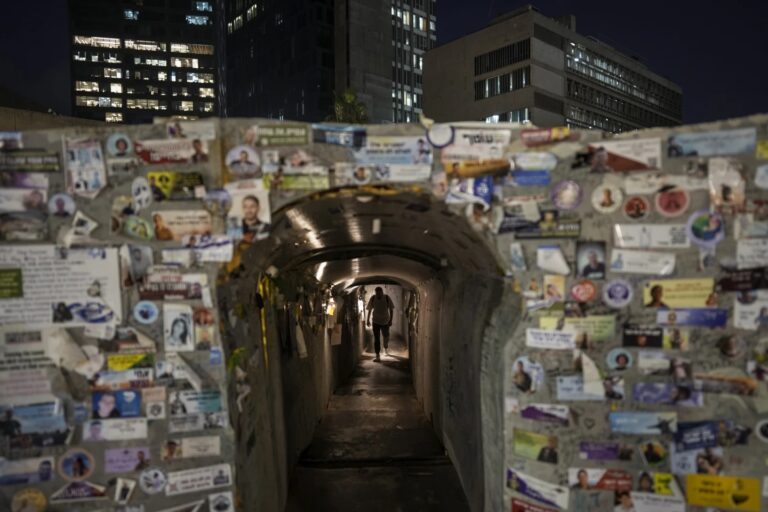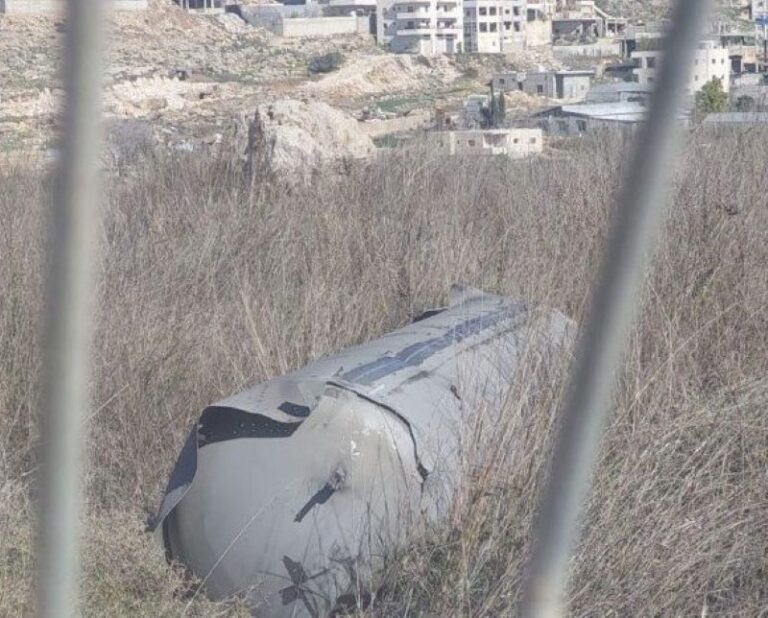 NASA kept close tabs on an old piece of space junk Monday that threatened to come too close to the international space station as the shuttle Discovery raced toward the orbiting outpost for a 220-mile-high linkup.
NASA kept close tabs on an old piece of space junk Monday that threatened to come too close to the international space station as the shuttle Discovery raced toward the orbiting outpost for a 220-mile-high linkup.
Experts initially warned the debris from a Soviet satellite that broke up in 1981 could veer within a half-mile of the space station. But later, they said it appeared that the piece of junk—about 4 inches in size—might remain at a safe distance.
The debris was in an erratic orbit and experts were watching closely, though it appeared the space station might not have to move out of the way.
If Mission Control orders a space station maneuver to dodge the junk, it would be carried out Monday night, well ahead of the projected close approach between the station and debris early Tuesday morning. If the station were moved, Discovery would have to adjust its course for docking late Tuesday afternoon; the shuttle is delivering one last set of solar wings for the station.
On Thursday, the three space station residents had to move into their emergency getaway capsule because another piece of space junk came uncomfortably close (reported HERE on YWN). In that case, there was short notice and the astronauts did not have enough time to steer out of the way.
NASA has moved the space station to dodge debris eight times in the past, most recently in August. Generally, engines on the Russian living quarters or the attached Russian supply ships are fired to alter the path of the entire station. It’s a relatively easy job, but uses up precious fuel.
The debris this time is from a Soviet military satellite called Kosmos 1275, which broke up somewhat mysteriously shortly after its 1981 launch. NASA orbital debris scientist Mark Matney said it may have crashed with another object that wasn’t being tracked, although the Russians believe a battery explosion did the satellite in. In any event, the result was a cloud of 310 pieces of debris that slowly are falling into lower orbits, he said.
Meanwhile, on board Discovery, the seven astronauts conducted an in-depth inspection of their ship’s wings and nose with a laser-tipped boom Monday afternoon. It’s standard procedure the day after launch to check for any damage that may have occurred during liftoff.
Late Sunday, NASA officials said a quick look at the launch video showed nothing of significance striking Discovery. Debris has been an overriding concern for NASA since a chunk of foam insulation broke off the external fuel tank and cracked open Columbia’s wing in 2003. The shuttle broke apart during re-entry, and all seven astronauts were killed.
Sunday evening’s launch of Discovery (reported HERE on YWN) followed five delays that caused the mission to be shortened by a day and a spacewalk to be cut. Concern over hydrogen valves and a hydrogen leak pushed back the flight by more than a month.
Mission managers said despite the lost day, the astronauts still should be able to complete most of their objectives. Besides installing the new solar wings, the crew will drop off a new urine processor for the space station’s water-recycling system, as well as a new station resident, Japanese astronaut Koichi Wakata.
(Source: Associated Press)










